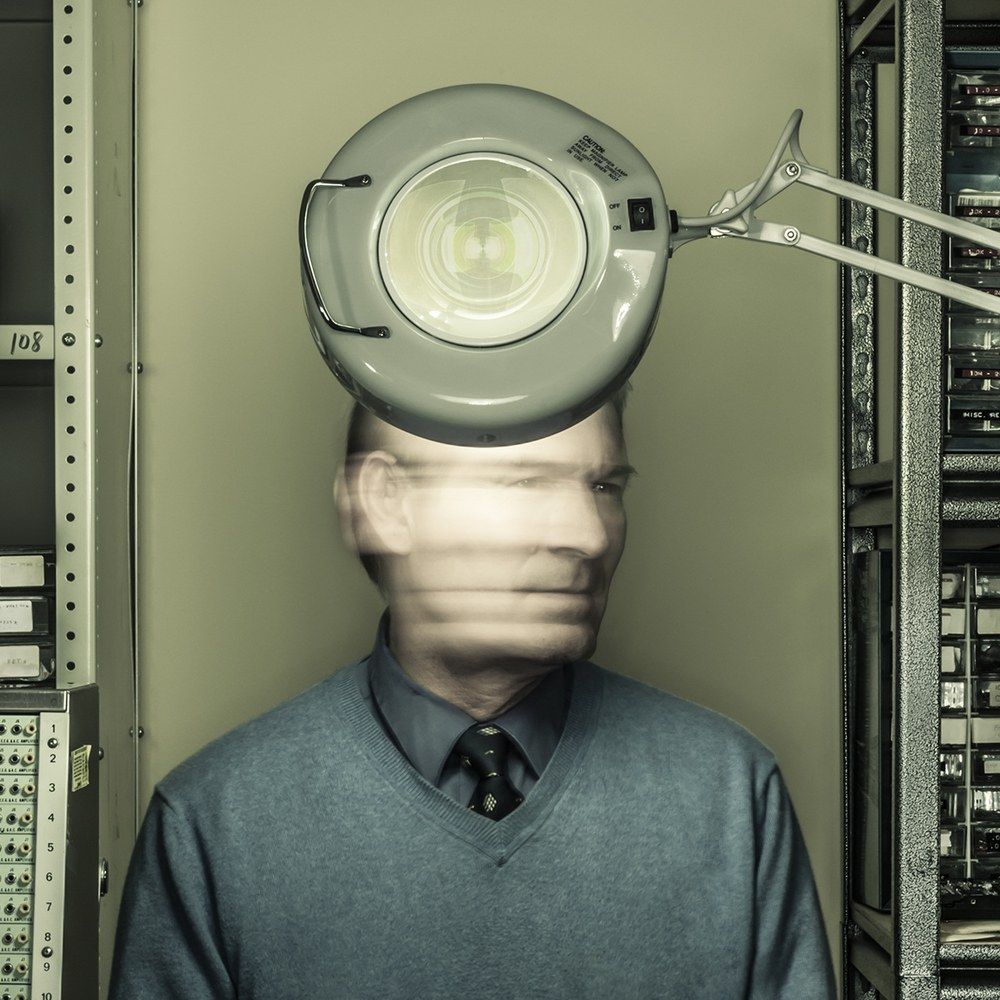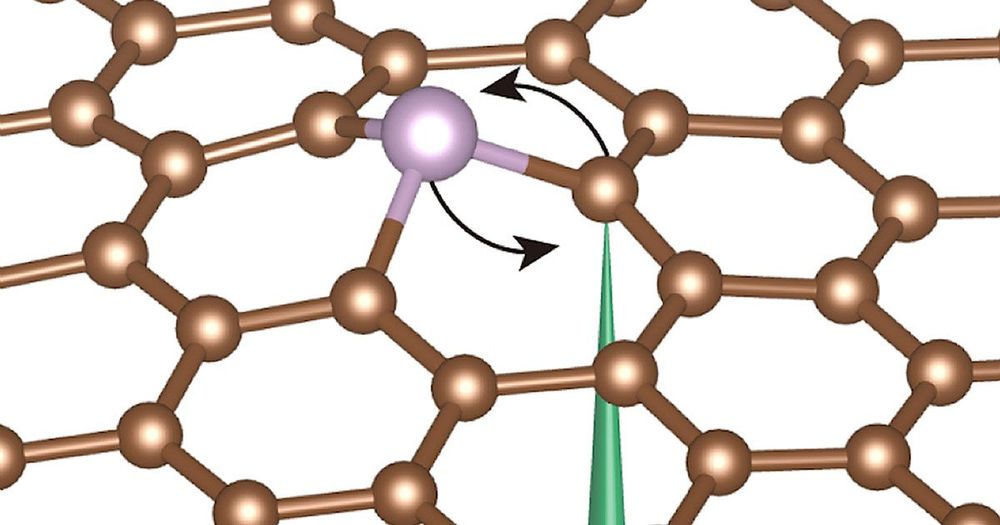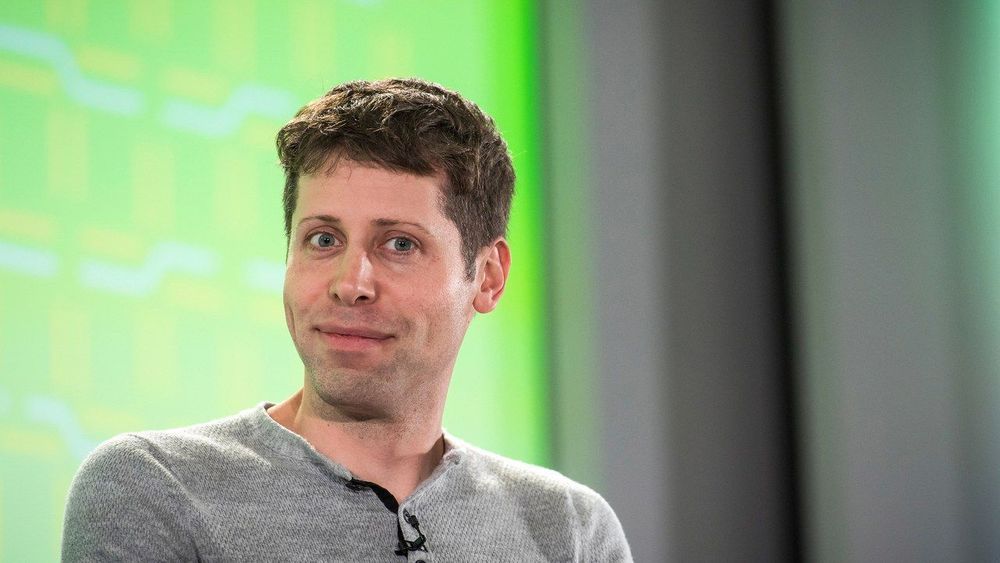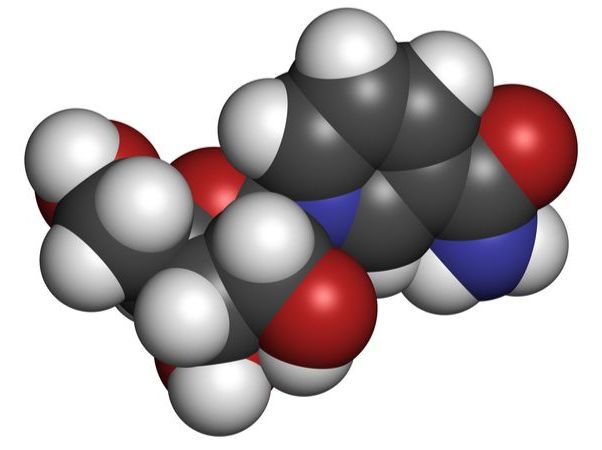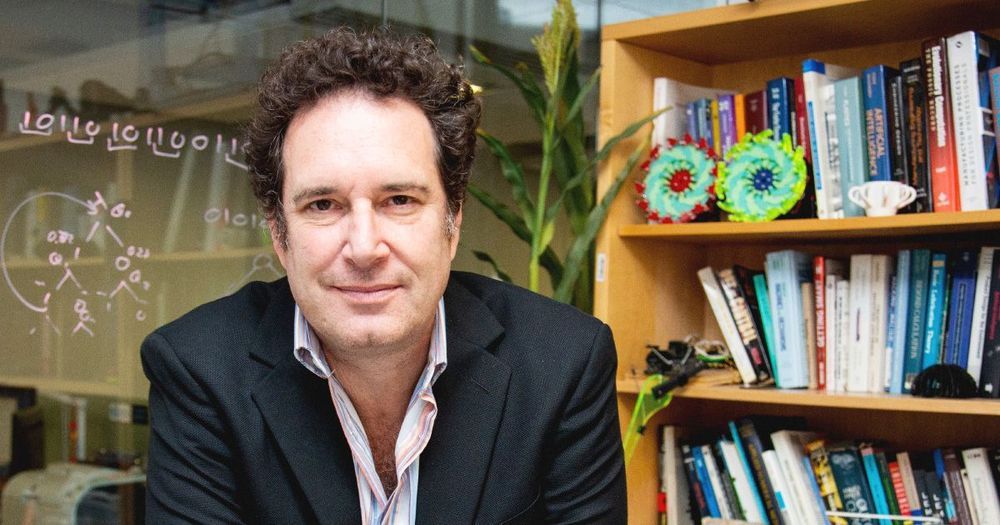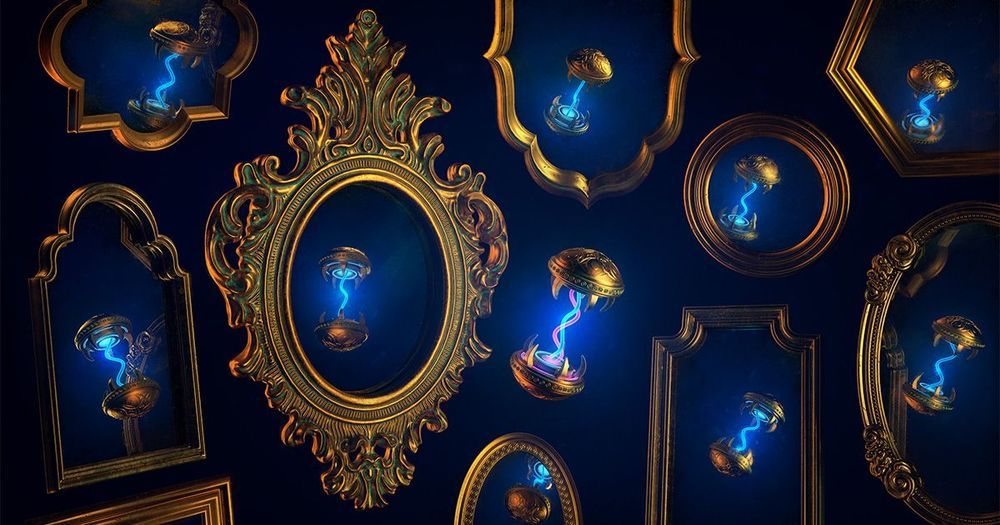Jul 22, 2019
Scientists Discover New Way To Make Water
Posted by Quinn Sena in categories: materials, particle physics
Scientists at the University of Illinois have discovered a new way to make water, and without the pop. Not only can they make water from unlikely starting materials, such as alcohols, their work could also lead to better catalysts and less expensive fuel cells.
“We found that unconventional metal hydrides can be used for a chemical process called oxygen reduction, which is an essential part of the process of making water,” said Zachariah Heiden, a doctoral student and lead author of a paper accepted for publication in the Journal of the American Chemical Society, and posted on its Web site.
A water molecule (formally known as dihydrogen monoxide) is composed of two hydrogen atoms and one oxygen atom. But you can’t simply take two hydrogen atoms and stick them onto an oxygen atom. The actual reaction to make water is a bit more complicated: 2H2 + O2 = 2H2O + Energy.
